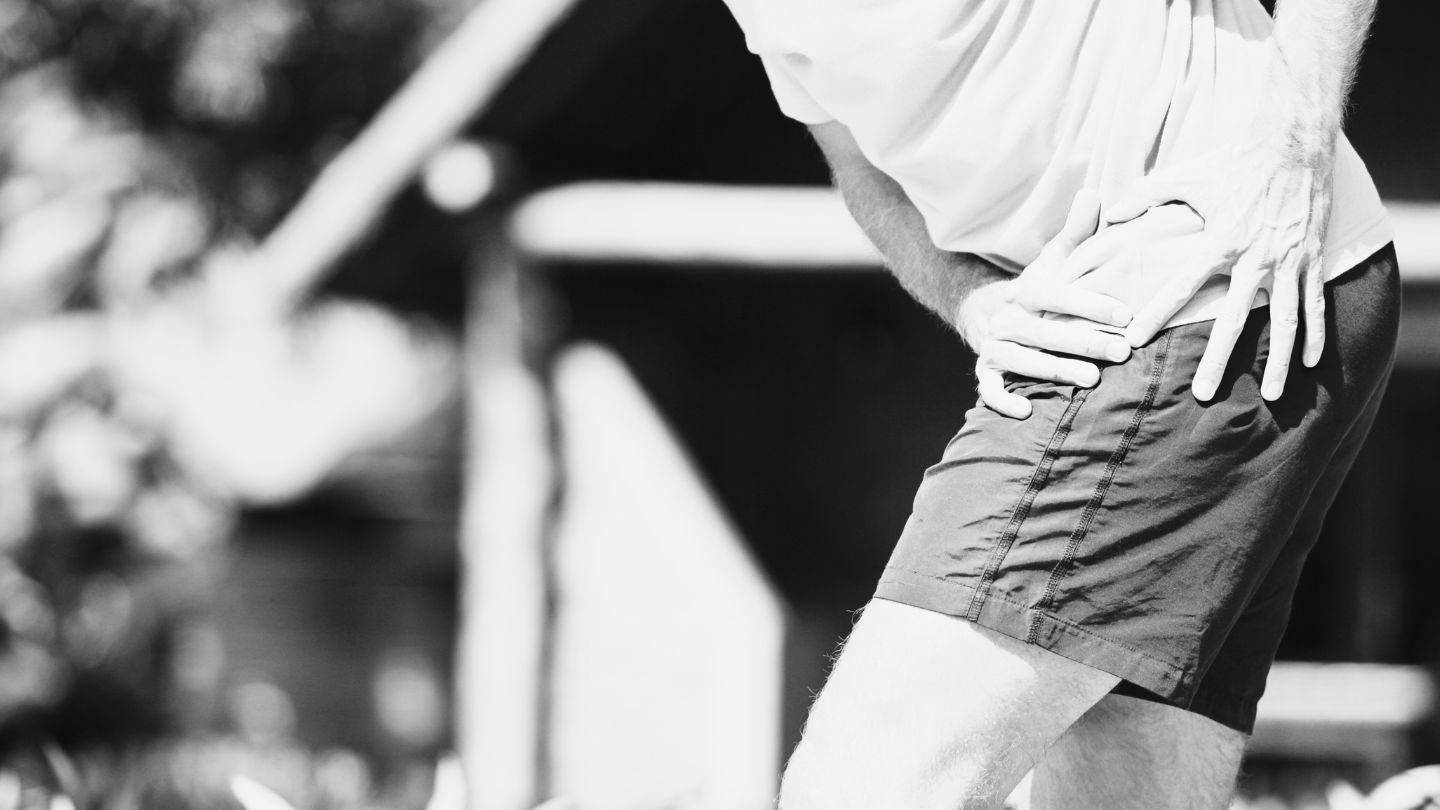That Nagging Hip Pain: Let’s Talk Bursitis
Right then, let’s tackle another common source of grief we frequently see at Abound Physio here in North Lakes: that persistent, annoying pain around the hip. Sometimes it’s sharp, sometimes it’s achy, but often the label “Hip Bursitis” gets thrown around.
Maybe you’ve been told you have trochanteric bursitis after describing pain on the outside of your hip. Perhaps iliopsoas bursitis was mentioned for pain felt deeper in the groin. Like many common diagnoses, “bursitis” sounds specific, but the reality of hip pain, particularly around the outer hip, is often a bit more nuanced.
Fear not! Just like with osteoarthritis or back pain, much of the worry surrounding bursitis can be managed with the right understanding and approach. So, let’s ditch the confusion, bust some myths, and explore how physiotherapy at Abound Physio focuses on getting you moving comfortably again.
What Exactly is a Bursa, Anyway?
Before diving into “bursitis” (the ‘itis’ meaning inflammation), let’s clarify what a bursa actually is. Think of bursae as tiny, fluid-filled sacs strategically placed throughout your body where tendons or muscles glide over bone. Their job is essentially to reduce friction, like little biological ball bearings, allowing smooth, effortless movement. Your hip has several, but two get mentioned most often in relation to pain:
- Trochanteric Bursa: Located on the bony point on the outside of your hip (the greater trochanter).
- Iliopsoas Bursa: Situated towards the front of the hip joint, near the groin crease, beneath the iliopsoas muscle (a major hip flexor).
When a bursa becomes irritated or inflamed, you get bursitis. However – and this is crucial – pain in these areas isn’t always solely down to an angry bursa.
Outer Hip Pain: Introducing GTPS (Greater Trochanteric Pain Syndrome)
For that pain on the side of your hip, clinicians these days increasingly use the term Greater Trochanteric Pain Syndrome (GTPS). Why the change? Because research shows that often, the primary issue isn’t just the bursa, but also involves irritation or minor injury (tendinopathy) in the nearby gluteal tendons (specifically gluteus medius and minimus) that attach to the same bony point. The bursa might be involved, but it’s frequently part of a bigger picture related to how the hip muscles are functioning and handling load.
Symptoms Can Include:
- Outer Hip Pain (GTPS): Tenderness directly over the bony point, pain that can radiate down the outer thigh, often worse when lying on that side, climbing stairs, or after prolonged sitting/walking.
- Groin Pain (Iliopsoas Bursitis): Pain felt deep in the front of the hip/groin, sometimes radiating down the thigh, potentially worse when extending the hip (like the push-off phase of walking) or with repetitive hip flexion.
Did You Know? Greater Trochanteric Pain Syndrome (GTPS) is surprisingly common, particularly affecting women over the age of 40. It’s estimated to affect between 10% and 25% of the general population at some point!
Myth Busting Time: Hip Bursitis Edition
Let’s clear up some common misunderstandings:
- Myth: “It’s just bursitis – I just need rest and anti-inflammatories.”
- Reality: While calming down acute inflammation is sometimes part of the picture, if the underlying issue involves weak gluteal muscles or poor movement patterns (common in GTPS), rest alone won’t fix it. The pain often returns once you resume activity. Similarly, iliopsoas issues might relate to muscle imbalances or how you’re loading your hip flexors. An active approach involving load management and specific exercise is usually key for long-term relief.
- Myth: “Stretching my ITB will cure my outer hip pain.”
- Reality: While flexibility has its place, aggressive stretching of the iliotibial band (ITB) or glutes can sometimes compress the irritated tendons and bursa against the greater trochanter, potentially making GTPS symptoms worse. Targeted strengthening and avoiding provocative positions (like crossing your legs) are often more beneficial initially.
- Myth: “An injection is the only real solution.”
- Reality: Corticosteroid injections can provide good short-to-medium term pain relief for some people by reducing inflammation. However, they don’t address the root cause, such as tendon health or muscle weakness. The pain relief can be temporary, and repeated injections may have downsides. They are best seen as a window of opportunity to engage in rehabilitative exercise with less pain, not as a standalone cure.
- Myth: “I definitely need an ultrasound or MRI.”
- Reality: Often, a diagnosis of GTPS or suspected iliopsoas bursitis can be made clinically based on your history and a thorough physical assessment by your physio. Imaging might show bursal inflammation or tendon changes, but it doesn’t always correlate perfectly with your pain or change the initial management plan, which typically focuses on addressing load and function.
Did You Know? The gluteus medius and minimus muscles, whose tendons are often involved in GTPS, play a crucial role in stabilising your pelvis when you walk, run, or stand on one leg. Strengthening these muscles is often a cornerstone of effective GTPS rehabilitation.
How Abound Physio Can Help with Your Hip Pain
At Abound Physio in North Lakes, we take an active, evidence-based approach to hip pain, whether it’s labelled bursitis or GTPS.
- Thorough Assessment: We listen to your story and conduct specific tests to understand the likely contributors to your pain – looking beyond just the potential bursa.
- Clear Explanation: We help you understand what’s likely going on, cutting through the jargon and focusing on what matters for recovery.
- Load Management Advice: Identifying and modifying activities or positions that aggravate your pain (e.g., sleeping positions, sitting postures, certain exercises) is crucial in the early stages.
- Targeted Exercise Therapy: This is where the magic happens! We prescribe specific exercises to:
- Strengthen: Building capacity in the gluteal muscles (for GTPS) or addressing hip flexor/core control (for iliopsoas related pain).
- Improve Movement Patterns: Ensuring your hip, pelvis, and lower back are working together efficiently.
- Gradual Reloading: Safely reintroducing activities you want to get back to.
- Empowerment: Our goal is to give you the tools and confidence to manage your hip pain effectively long-term.
Don’t Let Hip Pain Hold You Back!
Whether it’s pain on the side of your hip when you lie down, or deep in the groin when you walk, don’t just put up with it. Conditions like GTPS and iliopsoas bursitis are manageable, and physiotherapy plays a vital role. Focusing on understanding the contributing factors and actively participating in rehabilitation often yields the best results.
Ready to Address Your Hip Pain with Abound Physio in North Lakes?
If you’re experiencing hip pain in North Lakes, Mango Hill, Kallangur or nearby areas, let the team at Abound Physio help you figure it out and get you moving more comfortably.
Let’s work together to get your hip happier!

